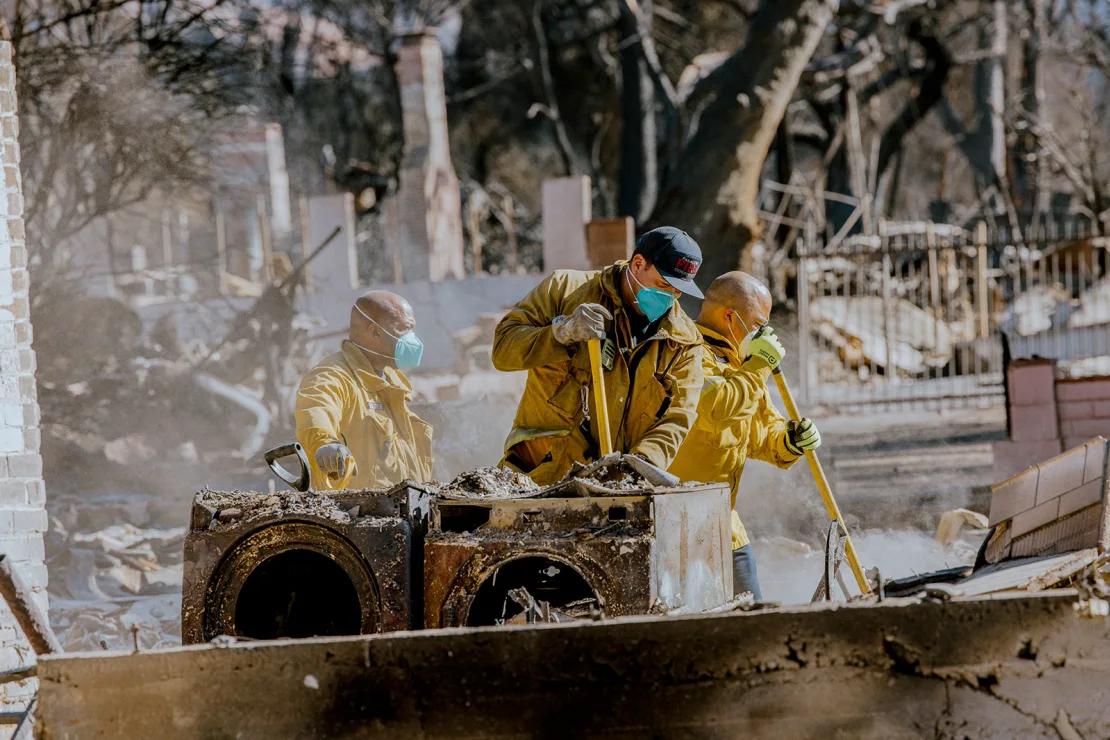Clean Up a Fire Disaster
The aftermath of the recent wildfires in Los Angeles County, particularly the Eaton and Palisades fires, has left behind an unimaginable level of destruction. Over 12,000 structures, including homes and businesses, have been reduced to ash, while vast expanses of land have been scorched, leaving a toxic mess that will take months to clear. Hazardous materials, such as compressed gas cylinders, paint solvents, fertilizers, and lithium-ion batteries, pose significant risks during the cleanup process. These dangerous elements must be carefully removed by professional crews to ensure the safety of the public and the environment.
The Environmental Protection Agency (EPA), working alongside California’s CalRecycle, will oversee the first phase of the cleanup, which is expected to last several months. This process includes the removal of toxic ash, hazardous debris, and contaminated soil, and will require more than 500 EPA workers. The unique danger posed by fire-damaged lithium-ion batteries, which could potentially reignite and cause further explosions, highlights the complexity and danger of this task.
The cleanup is not a quick fix. It involves detailed, methodical steps to secure the land and ensure that rebuilding efforts can take place safely. Only after the hazardous debris has been cleared can crews begin removing non-toxic rubble, a process which could take additional months. Once the EPA completes its work, heavy machinery will be used to clear the rest of the debris, including structural ash, metal, and concrete, with recyclable materials being processed accordingly.
While the immediate focus is on cleaning up hazardous materials and ensuring safety, it is clear that the entire region faces a long road to recovery. The emotional and physical toll on the community is immense, and rebuilding will take time. The efforts to restore normalcy, however, are already underway, with local volunteers and government agencies providing much-needed support to affected families.






